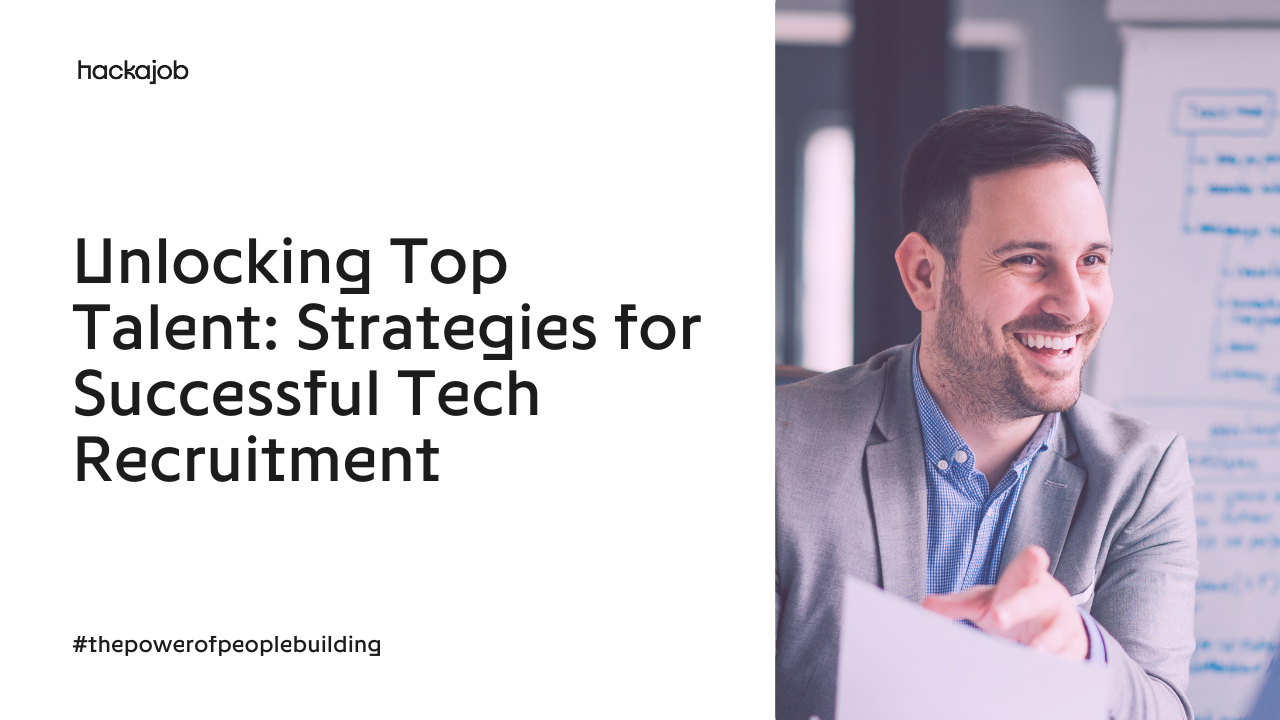Arguably one of Europe’s most popular cities, over 8 million people call London home. As Hugh Grant once said in a speech that shook rom-com aficionados everywhere, it’s the place of Shakespeare, Winston Churchill and David Beckham's right (and left) foot.
But there’s far more to London than the wonderful cultural references. Peel back the layers and you’ll find something that makes the city unrivalled compared to other capitals: its tech scene. Take a visit to East London and you’ll find the eponymous Silicon Roundabout, nestled in amongst the vast skyscrapers that also call the capital home. It’s business as usual for the thriving companies that work there, with Facebook, Amazon, Google and Microsoft having all invested in the area; helping to secure its spot as Europe’s best-known tech hub.
History
To begin with, it’s worth taking a look at London’s tech history and how Silicon Roundabout came to be. Essentially, it all started after the uncertainty of the financial crisis from 2008 till 2009. The banks were suffering, there was a recession and as a result, brilliant people were made redundant and left looking for work. Thanks to the crisis, rents around the area were low and so Internet-based start-ups slowly began to move in, looking for a hive to make their home.
Come 2010, and the tech industry was the only industry in Britain to not be in decline. Start-ups began to move to the famed Silicon Roundabout in their droves, given the cheap rents. Shortly after, then-Prime Minister David Cameron publicly backed the industry and introduced initiatives such as the Exceptional Talent Visas in order to help new talent thrive in the UK from across the globe. This then led to companies like Google setting up shop; who created their infamous Campus London. According to Tech Crunch, they managed to attract over 22,000 members and created an additional 2,000 jobs in just 2 years.
Investment
Looking at the London tech scene as a whole, over £5 billion has been invested in VC funding since 2016. In fact, Tech Nation named it as Europe’s ‘capital for tech collaborations’, with its tech economy leading far ahead compared with France, Germany and Switzerland. There’s also the Mayor of London’s TechInvest Programme(in partnership with the UK Business Angels Association), that supports new and emerging tech entrepreneurs by getting them to pitch their businesses to industry-leading investors; focusing on different tech sectors 5x per year.
Diversity/Inclusion
In terms of diversity and specifically women in tech, London is committed to making the industry a fairer one for all. For example, the Tech Talent Charter (a government-backed initiative) brings together different organisations to purposely address the gender imbalance and drive diversity within technology-specific roles. With over 300 companies on their roster, the TTC is currently in the process of creating a best practise playbook where companies can learn from one another and improve. What’s more, the UK government also recently announced an additional £1 million in funding to ‘boost the diversity of people working in digital and tech jobs’. It’s worth remembering that in 2015 over 53% of employees in London-based start-ups were not born in Britain, so the commitment to diversity and inclusion is certainly welcomed.
Education and training
Commitment to education also isn’t lacking, with coding boot camps such as Makers Academy, Flat Iron School and General Assembly all joining in; aiming to take newbies and turn them into software developers, with some courses lasting just 12 weeks. Computer Science has now become the fastest-growing subject for undergraduates, and general academia has also taken a U-turn, with programming skills taught in many primary and secondary schools across the UK.
Developers In London
Home to over 300,000 developers, London is the place to be when it comes to technical roles. According to research, there are more developers in London than there are in San Francisco or New York. Over 300,000 London developers are in East London.
We know from our own data that the most popular back-end language is Java, however, Python, C# and Ruby are also highly popular in London. In terms of front-end, JavaScript really dominates the scene so it’s more a case of looking at what frameworks are the most sought after. In London’s case, Angular JS and React.js come out on top.
Average Salaries
It’s no surprise that those working in tech have some of the best salaries globally, and those who work in London tend to be better paid than those in France as an example. Using our salary calculator as a guide, we’re aware that a JavaScript developer with 1-2 years experience can easily command a salary of £54,000. In contrast, a DevOps engineer with 6+ years of experience can expect £80,000 as a minimum.
When looking at how the future will shape salaries, technical talent will be expected to be well-versed in AI, ML and VR and it really does depend on where you work as opposed to what you do when looking at technical salaries. Using Facebook as an example, their average salary is around £66,000, making them one of the highest-paying tech companies in London. In comparison, if a developer was to take a role at a new start-up instead, their salary could vary in comparison.
The Future
Brexit may have given the UK a bad name, but it doesn’t show any signs of stifling fledging London techies. In fact, EU nationals hold 11% of jobs in London and non-EU nationals account for 20% of roles. In fact, some of the UK’s most famous start-up CEO’s such as the Chief Executive of Deliveroo are campaigning for Unicorn Visa’s to be introduced as a way of growing technology companies to be able to hire even more exceptional talent from overseas. The most recent research from London & Partners revealed that London attracted more VC investment than any other city in 2017 AND is set to grow by a third by 2026; taking the number of digital technology companies to over 61,000. When it comes to tech, business is booming in London.
Want to scale your tech hiring? Get in touch. We’d love to help.





